The Literacy Revolution
Originally Appearing in "Paperwork" (Abstract 7)
Text by Jason K. Ellinwood // Images by Chris Kwock
"The proportion is estimated as greater than in any other country in the world, except Scotland and New England."
Laura Fish Judd, the wife of missionary doctor Gerrit P. Judd, wrote those words about the literacy rate of the Hawaiian Kingdom in 1861. When the first missionaries arrived in Hawaiʻi from New England in 1820, the literacy rate had been practically zero. The missionaries set out to translate the Bible into Hawaiian and teach the Hawaiians to read it.
What began as a means to spread Christianity quickly became a revolution of literacy throughout the Hawaiian Kingdom.
The First Printing
The missionaries only taught the aliʻi and other members of the royal court to read the Bible. The Hawaiian royalty then relayed what they learned to the general population. The missionaries understood that this task would be made easier with printed material so they brought Elisha Loomis and his Ramage printing press to Hawaiʻi.
A working replica of Loomis’s printing press can be found at the Mission Houses Museum, which is also the site of the first printing in Hawaiʻi.
According to Mike Smola, director of public programs at the museum, the first printing took place in 1822, when George Cox Keʻeaumoku, the governor of Maui, pulled the lever and printed a copy of a Hawaiian-language spelling primer. Five hundred copies were printed in the first run, but demand was so great that they ran out almost immediately.
From Primers to Newspapers
After King Liholiho died in England in 1824, his younger brother Kauikeaouli Kamehameha III was declared king in 1825. Though only around 10 years old at that time, the new monarch was articulate in his support of literacy education.
Hawaiian historian Samuel M. Kamakau quotes him as declaring, "ʻO Koʻu Aupuni, he Aupuni Palapala Koʻu [My Kingdom shall be a Kingdom of Literacy]."
Under his rule, Hawaiian-language printing progressed from primers to newspapers. The first Hawaiian-language newspaper, Ka Lama Hawaii [The Hawaiian Luminary], was printed in 1834 at Lahainaluna Seminary on Maui. It was printed on Loomis’s press, the same press that produced the first Hawaiian-language spelling primer; it had been brought from Honolulu to Maui. The press continued to operate for about five more years, until it was considered "worn beyond repair" and replaced by a more durable metal press.
Like the spelling primer, demand for copies of Ka Lama was enormous. While the missionary teachers who edited the paper were primarily concerned with spreading their Christian message, they also also published lessons about the world outside Hawaiʻi, such as a series on foreign animals. Though the paper ran for less than a year, it launched an industry than would endure for more than a century.
Printing shifted back to Honolulu, where first the mission and then the government put out a series of different papers. As the publishing became more frequent, from monthly to weekly, the content evolved as well. The front page was usually reserved for serial literary epics, often one from Hawaiian tradition and one translated from another language. The newspapers were becoming the printed source of both current events and entertainment, compensating for the lack of books in Hawaiian.
A Legacy for Posterity
The year of Laura Fish Judd's observation about the literacy rate, 1861, was also the start of the commercial press, with two newspapers created independently of the government, Ka Hoku o ka Pakipika [The Star of the Pacific] and Ka Nupepa Kuokoa [The Independent Newspaper]. The Kuokoa was notably the longest-running Hawaiian-language newspaper, in print until 1927. These new papers opened up their pages to reader submissions and received a flood of letters containing everything from songs and chants to historical accounts by Kamakau and other Hawaiian scholars.
These writers were aware that they were creating a legacy to benefit future generations; in a letter printed in Ka Hoku o ka Pakipika on October 30, 1862, J. H. Kanepuu wrote, "E makemake ana ka hanauna Hawaii o na la A. D. 1870, a me A. D. 1880, a me A. D. 1890, a me A. D. 1990 [The Hawaiian generations of 1870, 1880, 1890, and 1990 are going to want this]."
Kanepuu's prediction held true, despite political changes that almost destroyed the Hawaiian language. When Queen Liliʻuokalani was overthrown in 1893 by a group of haole businessmen (many of them descendants of the missionaries who had worked with the monarchy to make Hawaiians literate in their own language), the new government enacted a law requiring English as the language of education.
Still, Hawaiian-language newspapers lasted until 1948, when Ka Hoku o Hawaii printed its final issue in Hilo. Over 114 years, an estimated 125,000 pages had been printed, containing volumes of knowledge that would have been lost if there was no one left who could read Hawaiian.
Thankfully, a second effort of Hawaiian literacy began in the 1970s, and since then the number of speakers of the language has steadily risen. Just as the knowledge of writing and printing that the missionaries brought sparked a literacy revolution, we are in the midst of an intellectual revolution sparked by the rediscovery of the Hawaiian printed word.





